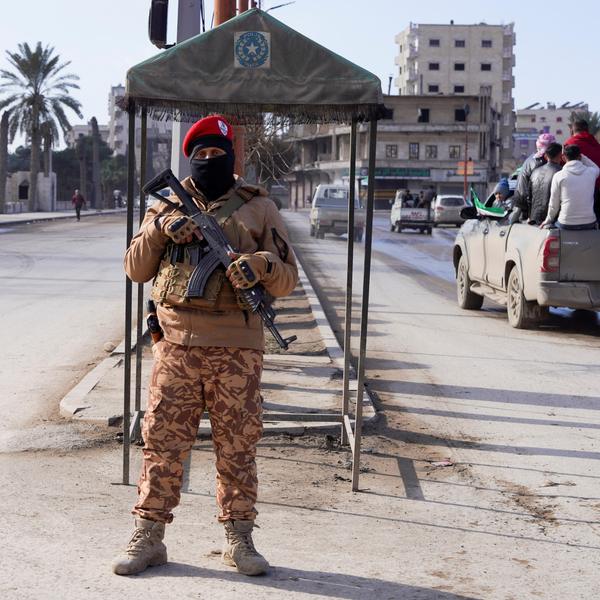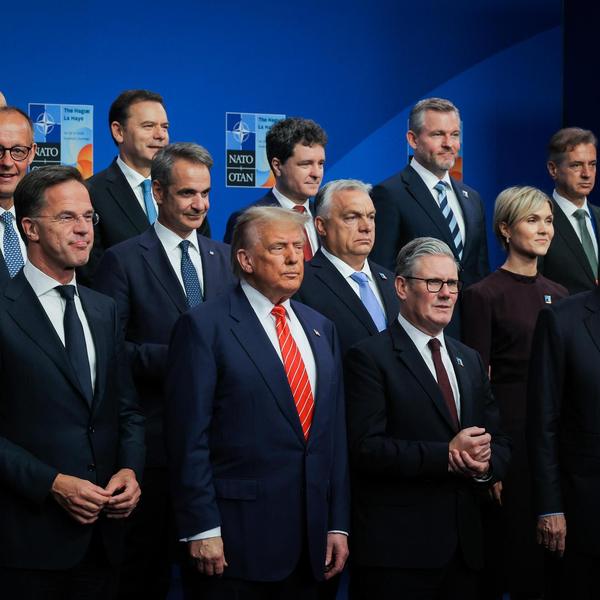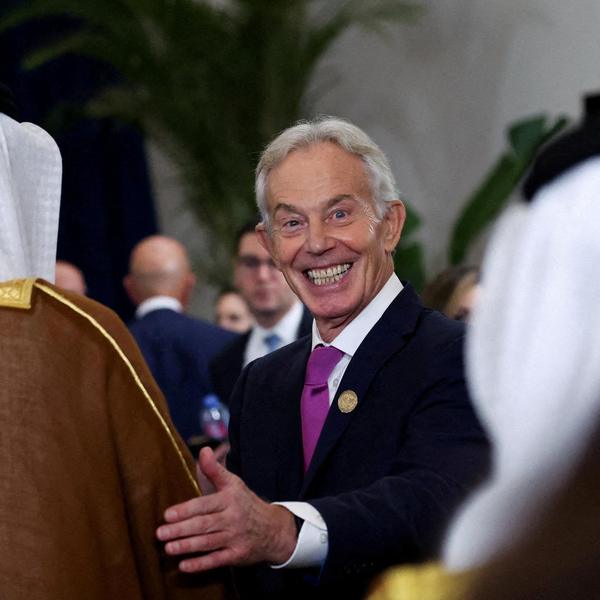For around 60 years, the United States published an annual study called the World Military Expenditures and Arms Transfers (WMEAT) report. The document provided detailed information on global arms transfers, defense spending, and a range of other military-related topics.
For reasons that remain unclear, last year’s defense spending bill put an end to the report. The State Department published its final edition last month, quietly marking the end of an era in military disclosures.
“At one point in history, the WMEAT report was the model for transparency around the world,” Jeff Abramson of the Arms Control Association said, noting the importance of its Cold War-era origins.
Of course, the report wasn’t perfect. Experts say WMEAT tended to overcount military sales in misleading ways, among other things. But its demise is part of a larger shift away from transparency in military affairs, according to experts who spoke with Responsible Statecraft. In recent years, civil society has lost access to some of the most detailed information about which American weapons are being exported, where they're going, and how they're being used — crucial gaps given that U.S. companies account for almost 40 percent of global arms exports.
“We are the number one supplier of the weapons that enable and extend conflict,” said Ari Tolany of the Center for Civilians in Conflict. “It is a responsibility to understand how and where those defense articles and services are being transferred and proliferating.”
The drivers of the downturn remain unclear. Some speculate that the government is simply trying to avoid sharing embarrassing information, like whether human rights abusers are using American arms. Others say that increased international tensions have driven the U.S. and other states to guard their secrets more closely or simply ignore calls to share information with the public.
What is clear is that the problem comes from across the government. Both Congress and the executive branch have contributed to the downturn, and they’ll need to work together in order to change course.
Unlike the sudden end of the WMEAT, much of the drop in public information has been gradual. Take the Section 655 report, an annual round-up that details direct commercial sales (DCS) from American arms manufacturers to foreign clients. The document used to stretch for several hundred pages, giving such granular detail that researchers could know that, in 2008, U.S. manufacturers gave Colombia exactly 325 non-automatic firearms at a value of $1,869,129.
More recent 655 reports have been far less thorough, providing only broad information on commercial sales in a brief, pamphlet-length format. For example, readers of the 2021 edition only know that U.S. companies sold Colombia around 3247 guns and/or gun-related items at a value of $789,953 — hardly a useful data point for those who want to understand the arms trade.
Notably, the report’s drop in quality has coincided with a relative jump in the use of DCS at the expense of foreign military sales (FMS), which are country-to-country deals overseen by the Pentagon. FMS, which has far more transparency requirements than other programs, shrank to approximately $30 billion last year while DCS sales authorizations totalled more than $100 billion for at least the fifth year in a row. (It is worth noting that DCS authorizations don’t necessarily lead to sales, but they are a helpful data point given that there are no requirements to disclose actual deliveries.)
Arms researchers also say that many reports made by the executive branch have become unavailable to the public. While they used to be able to ask congressional offices to share documents, analysts contend that such reports are increasingly marked as “official use only,” meaning that non-government analysts aren’t allowed to see them.
The sharpest drop in transparency has come in the area of small arms, a worrisome development given that guns tend to prolong conflicts and enable human rights abuses, as both the Red Cross and UN have noted. Between 1981 and 2010, the United States sent such weapons to about 60 percent of countries who were involved in a violent conflict, sometimes providing them to more than one party in a single war.
In 2020, President Donald Trump moved regulation of non-automatic firearm exports from the Department of State to the Department of Commerce, which is not obligated to share detailed information on these sales with the public. Despite hopes that President Joe Biden would overturn Trump’s controversial decision, the policy change has remained in place.
“Everything I've heard and everything they've said in hearings makes me think they're actively not doing it,” said Nate Marx, a research fellow at the Center for International Policy.
There is, however, one major exception to the drop in transparency: arms transfers to Ukraine. Since Russia’s invasion, Washington has shared detailed and timely information on 22 separate weapons packages, allowing the public to know exactly which weapons the U.S. is sending to support Ukraine’s defense.
Explanations for this exceptional transparency vary widely. Some experts give a positive take, arguing that the Biden Administration is committed to transparency and sees the disclosures as a necessary part of security aid, a category that has a higher level of built-in scrutiny than other types of weapons transfers. More cynical analysts view the approach as a way to show off and earn political points by announcing a new tranche of aid every couple of weeks.
Regardless of why they’re doing it, most experts agree that the Biden team’s approach to Ukraine aid would be a much-improved baseline for transparency moving forward. But the biggest change that many analysts and activists want comes in a more challenging area: “end-use monitoring,” or EUM.
EUM is a wonky term for verifying that weapons 1) get where they’re supposed to go and 2) aren’t used in ways that violate the laws of war. While the U.S. is a relative leader in military transparency, EUM has long been a bit of a blind spot, with officials focusing mainly on whether U.S. weapons have made it to the correct stockpile.
“It's not been what we think would be proper end-use monitoring, which is have they been misused?” says Abramson of the Arms Control Association. “For example, is Saudi Arabia using U.S. weapons in Yemen in ways that it wasn't supposed to? That kind of reporting and tracking and care has not been the norm, and that’s what we really should be doing.”
Even in Ukraine, the U.S. seems to have relied on Kyiv’s word as to how the weapons have been used, according to Abramson, who added that we “don’t quite know” what protections are in place to prevent diversion.
“I understand that there are policies in place, and they may share those at some point,” he said. “But, at this point, I haven't seen it.”
Fortunately, that could change soon. The House version of the defense spending bill has a provision that would expand EUM to include reporting about whether U.S. arms are being misused.
If the Senate agrees to leave in that proposal, then Americans will get access to a much clearer picture of how U.S. weapons are being used abroad. With billions of dollars worth of American arms pouring into Ukraine each month, this could hardly come at a better time.
















